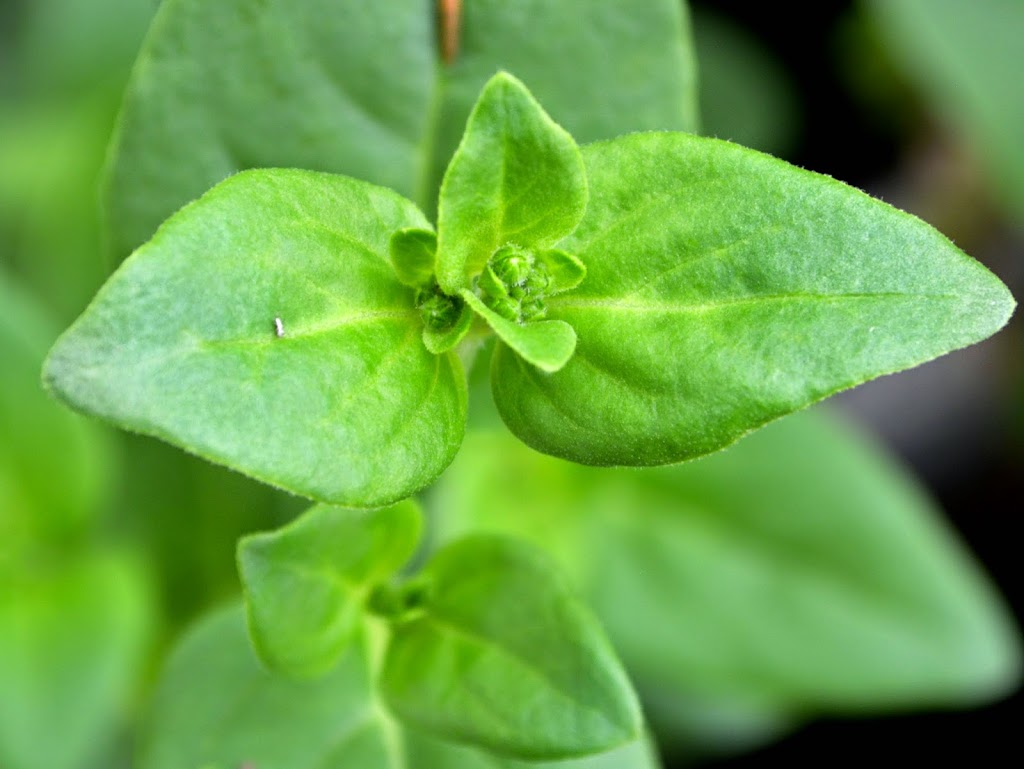Blog, mauka (Mirabilis expansa)
Mauka: Going to seed
I was lucky to get a few seeds of the mauka (Mirabilis expansa) variety Blanco last year. They grew very well, although a fairly late start meant that they didn’t produce substantial roots. I had two immediate goals for these plants: to keep them alive over the winter and to get them to produce a seed crop.
The first goal didn’t seem like a big problem. Mauka foliage is killed by frost, but the roots have survived the winter in climates similar to ours. The second goal was the more challenging proposition. Most Andean root vegetables require short days for root production. Mauka appears to grow its storage roots under any day length, but flowers only under short day conditions and possibly only following short days of increasing length.

Short days of increasing length occur in late winter and early spring, which is generally not the best time of year for frost-sensitive plants to flower. With this in mind, I transplanted four mauka plants into the greenhouse to overwinter with foliage intact. This went surprisingly smoothly. Most plants look pretty bad after a winter spent in our chilly, drippy, insect-infested greenhouse, but mauka seemed not the least bit bothered and happily grew into an unruly tangle of five foot long stems. In late February, we began to see flower buds on all of the plants:
By the second week of March, flower buds had disappeared from all but one of the plants, but it was beginning to open flowers. Initially, flowers were difficult to spot, because they only opened in the early morning – sometime between 1AM and 6AM. But then things started to get weird. The flowers remained open a little later each day. I’m not sure if they opened any later, because I had given up on wandering out to the greenhouse at 3AM to look for flowers by this point. By the end of March, flowers were staying open until noon. I’m not sure what to make of this. Maybe this is a totally normal behavior for mauka or perhaps the increasing day length is confusing it.

Mauka flowers don’t remain open for long – a day or two at the most. They then sink down into a little doughnut shape. In about a week, you can tell if the flower was successfully pollinated because the calyx (the outer green leaves surrounding the flower) begins to lengthen.

Our results look very good so far, with more than 80% of flowers going on to lengthen into anthocarps (a single-seeded fruit contained by a calyx). The anthocarp at the top of the following picture is getting close to maturity. You can see that it is significantly longer than the others. A couple of the anthocarps are now starting to yellow a bit, which I understand is a sign that they are nearly mature. Based on this I expect to begin harvesting seed in a week or two.

There is no sign of this mauka plant slowing down yet, and there are about 300 buds, flowers, or anthocarps at this point, so I am optimistic about getting a good seed crop. It will be a fussy job though; the inflorescenses are fragile and sticky and located throughout the tangled mass of mauka stems. Casualties are to be expected. Flowers on the left, none on the right. These are two different plants entagled with each other, but only the left one is flowering.

I am puzzled that only one of the plants continued flowering long enough to produce seed. All four plants were kept under the same conditions. They are all about the same size. They all started flowering at about the same time. Three just stopped. So, is there something special about this particular plant? They were all grown from seed, so there is the possibility of some differences in genetics from one to another. Is this a superior variety for seed production, less affected by increasing day length, or was it just slightly closer to the heater or placed under a convenient drip (or not placed under said drip)? There’s no way to know at this point, but I will be keeping track of cuttings from this plant in order to see if the same thing happens next year.

Seeds removed from the husks pictured above. It seems they are best harvested before the husks dry out completely, since they have a tendency to fall out at that point. They dry down within a week and are immediately germinable.

